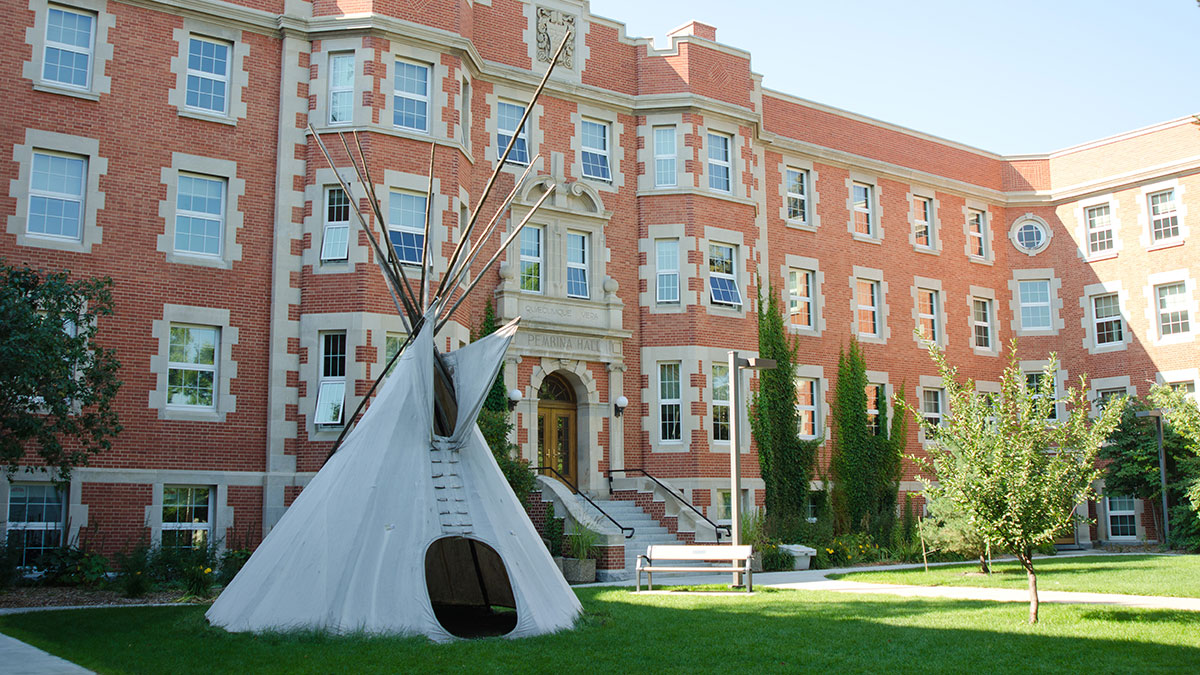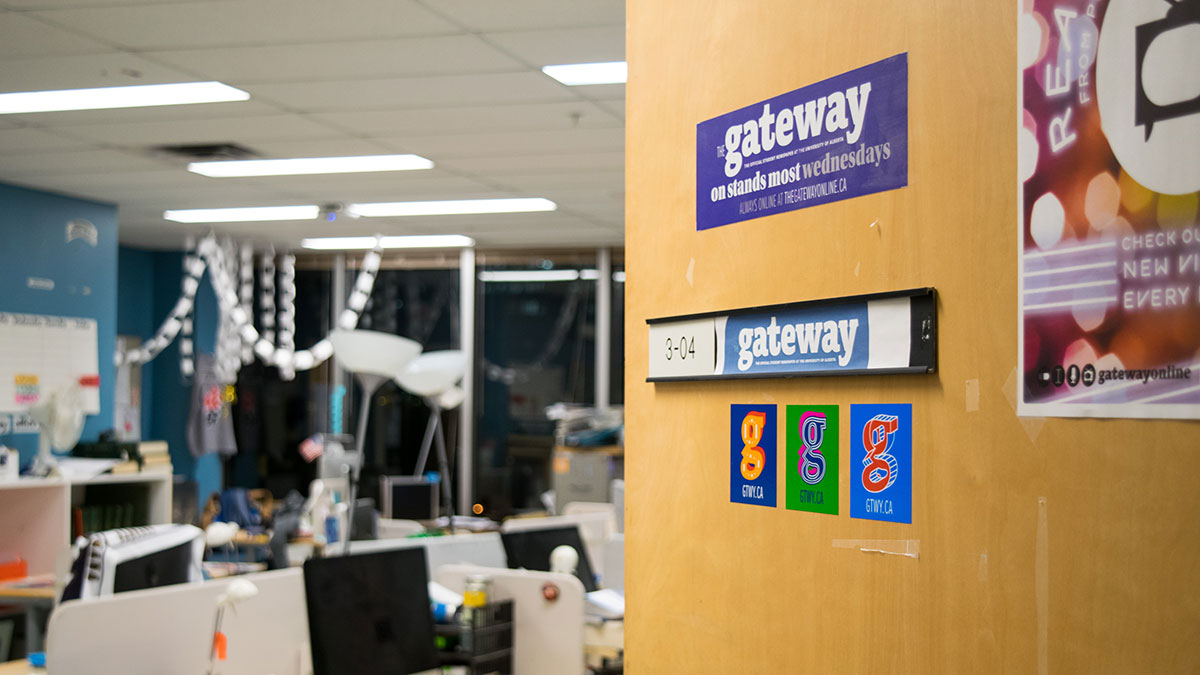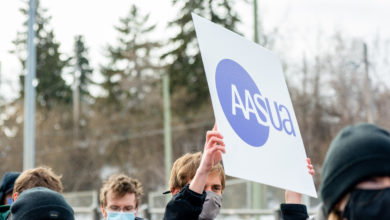 Randy Savoie
Randy SavoieDisclosure: Benjamin J. Kucher was previously the GSA’s vice-president (student life).
Reconciliation cannot be symbolic. Yet too often, that’s all Indigenous students are offered — public acknowledgements without real accountability, empty gestures instead of structural change, and roles without the power to make a difference. Despite high-minded commitments from student governments to equity and Indigenization, Indigenous students at the University of Alberta continue to face exclusion from meaningful governance and decision-making.
In 2024, the Graduate Students’ Association (GSA) took an important step by creating the vice-president (Indigenous relations) (VPIR) position. This role was co-developed by myself, as then co-president of the Indigenous Graduate Students’ Association (IGSA), alongside Tiffany Kung, the GSA vice-president (student life) at the time. We envisioned it as a genuine move toward self-representation — giving Indigenous graduate students a formal voice within student leadership, grounded in our own knowledge systems, values, and responsibilities.
That position now exists. But what has followed reveals a deeper truth: Indigenous leadership cannot thrive when constrained by the very systems that have historically excluded us. Even well-meaning structures, if built on settler frameworks, continue to control how we participate, who is deemed eligible, and what kinds of leadership are considered legitimate.
A seat at the table is not enough when the table itself remains governed by colonial rules. We are often offered positions in name only — representation that comes with oversight, regulation, and imposed limits. When Indigenous students assert our right to govern ourselves, to shape our futures, and to push back against imposed structures, we are too often met with silence, resistance, or red tape.
This is not a problem limited to the GSA. It reflects a broader failure across the entire campus landscape. Indigenous students — graduate and undergraduate alike — continue to be invited into governance only on settler terms. We are expected to adapt to institutions that were never designed for us, and that rarely recognize the cultural, geographic, and relational realities of Indigenous student life.
The U of A Students’ Union (UASU) is no exception. Despite repeated calls from students and community leaders, the UASU has yet to implement a designated Indigenous executive role. Indigenous students remain grossly underrepresented in council seats and committee work. Both the GSA and UASU have normalized a dynamic in which it applauds Indigenous participation, but rarely offers structural support. The result is an environment of gatekeeping, performative inclusion, and policy built around us — but not with us.
This lack of space, safety, and sovereignty is precisely why Indigenous students have built our own organizations. The IGSA and the Indigenous Students’ Union (ISU) were born not from invitation, but necessity. They are not student groups in the casual sense. They are sovereign spaces created in response to institutional failure. These organizations are acts of resistance, healing, and self-determination. They exist because the current systems have proven again and again that they cannot meet our needs — and because we know that we can.
Yes, there has been progress. But that progress is precarious, and far from complete. As long as Indigenous representation depends on non-Indigenous approval — on the interpretations of elections committees, governance advisors, and policy frameworks that exclude our worldviews — it will never be enough. Representation without autonomy is not progress. It is a continuation of the same structures of control we’ve resisted for generations.
If the GSA and UASU are serious about reconciliation, then they must be willing to do more than acknowledge Indigenous voices. They must be willing to give up control. That means designated Indigenous seats at council tables. It means Indigenous-led executive roles, shaped and safeguarded by Indigenous students. It means recognizing Indigenous student organizations as legitimate governing bodies in their own right — not as advisory groups, but as political, cultural, and community representatives.
What we are calling for is not radical. It aligns with the university’s stated goals on reconciliation and with the principles of the United Nations Declaration on the Rights of Indigenous Peoples (UNDRIP), which affirms our right to self-determination, including within educational institutions. It aligns with the Indigenous governance traditions that have sustained our communities since long before these institutions existed.
The VPIR role was created to disrupt the pattern of symbolic inclusion and to usher in a new era of shared governance. But that vision cannot be realized while settler systems continue to mediate our right to lead. Indigenous students have always known how to lead. We don’t need permission. We need space. We need power. We need institutions that are finally ready to listen — not just to our voices, but to our governance.
We are not asking to be included. We are demanding to be respected as equals.




